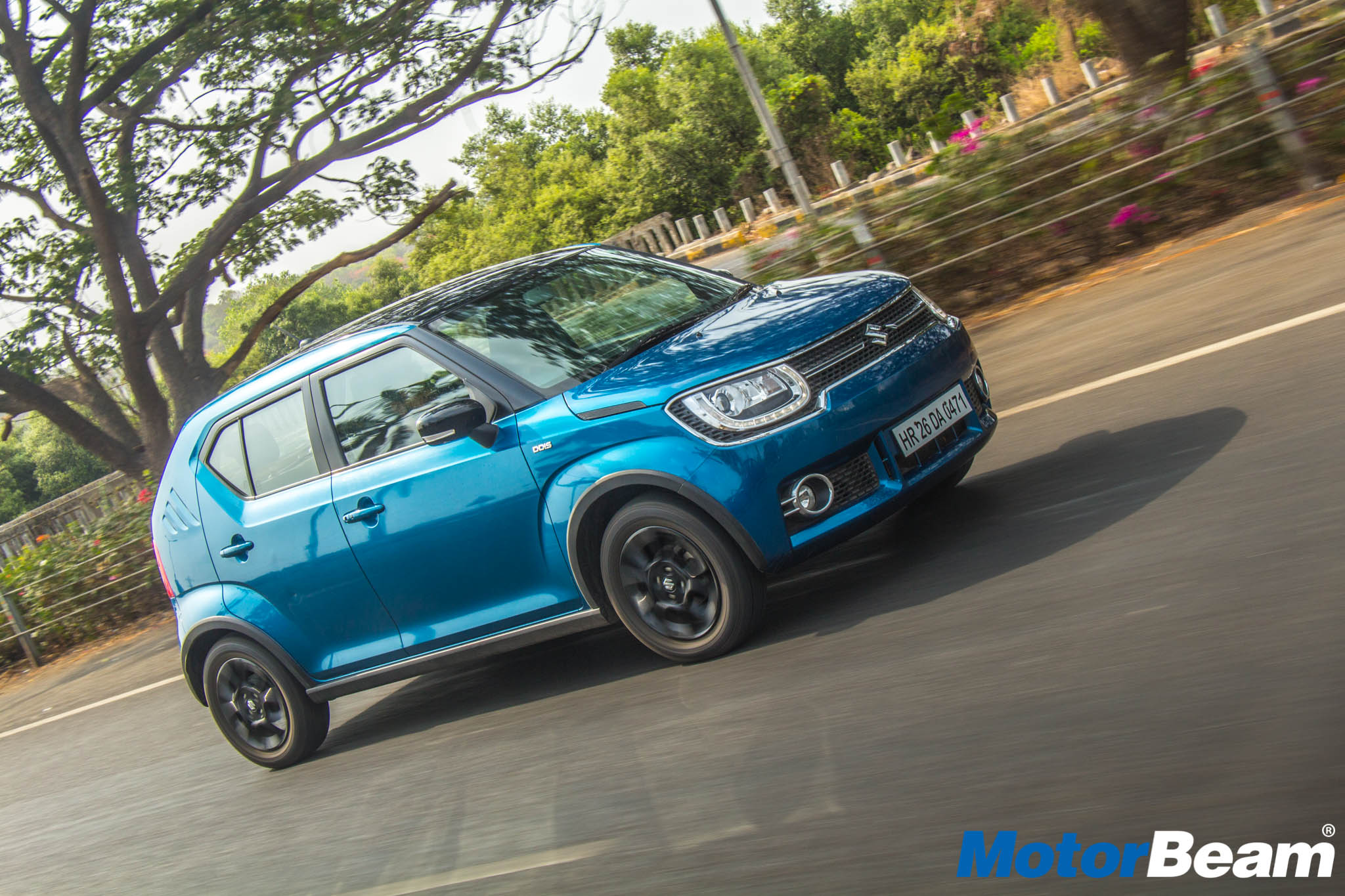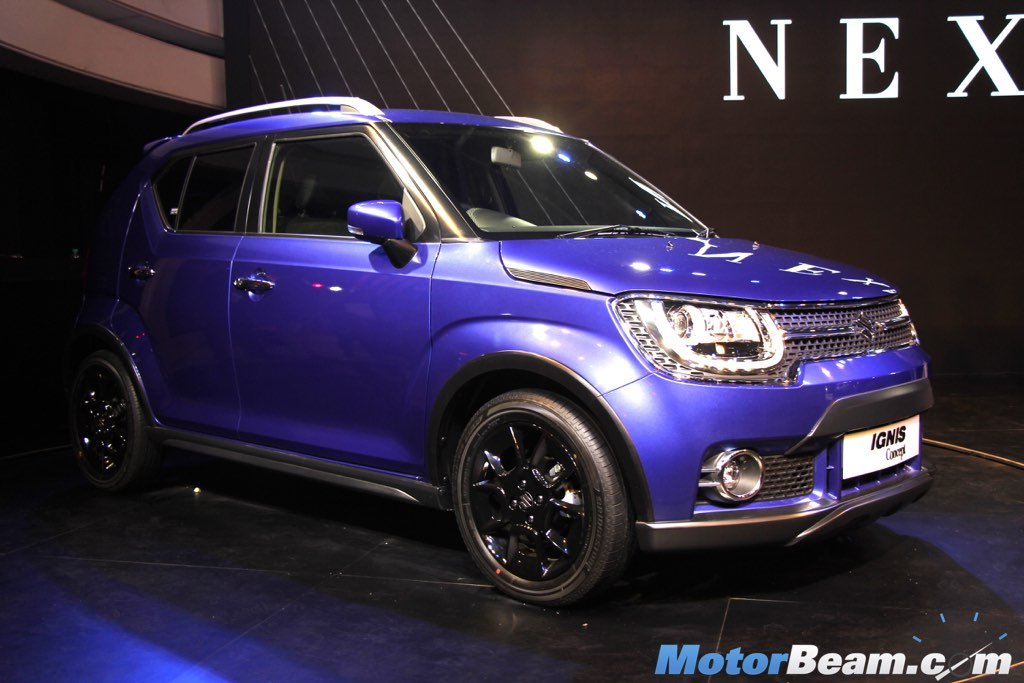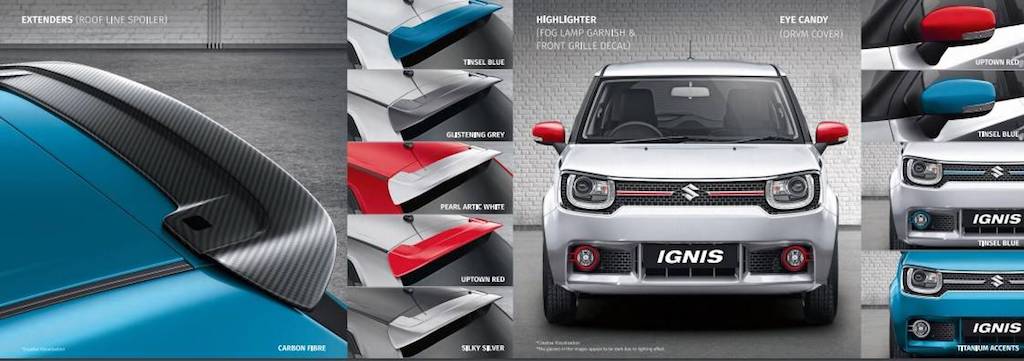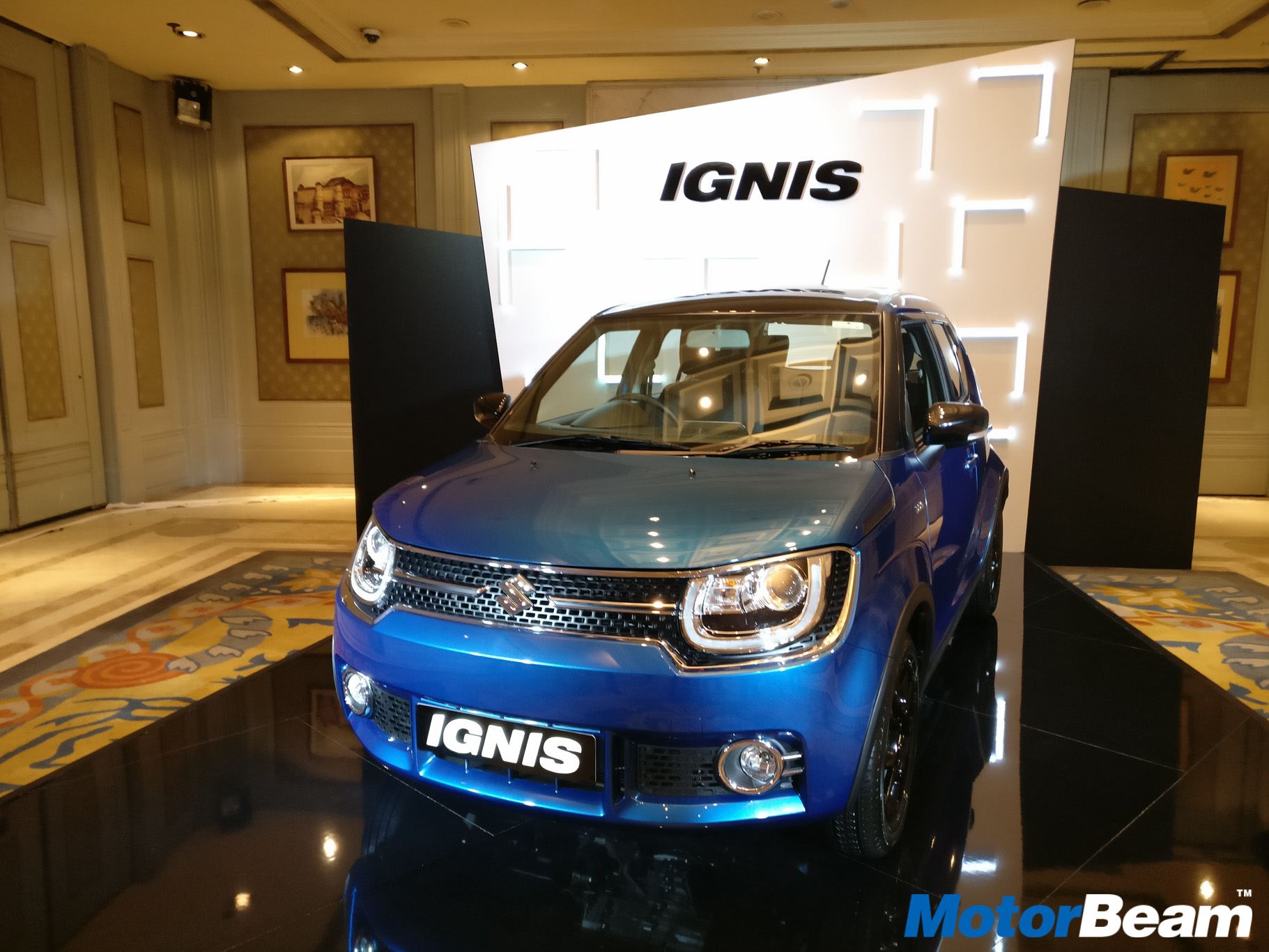Space on offer is decent
The suspension set up of the Ignis is on the bouncier side and more of this bounciness is felt at the rear where it gets uncomfortable for passengers over bad roads. In fact, a lot of people aren’t a fan of the ride quality and this is one of the more significant downers of this hatchback. The handling is fairly good and there isn’t much body roll too. The steering gives out average feedback but another grouse is that it doesn’t self-centre just like some of its siblings like the Dzire, Ciaz and Baleno. Strange!

The 1.3-litre diesel offers strong performance and is fuel-efficient too
The familiar 1.3-litre DDiS engine powers the engine and it is offered in the 75 PS tune similar to the Swift, Baleno and Dzire. This is a well-known engine and its reliability is top notch. What I dislike about this engine is the massive turbo lag which requires you to shift gears more frequently. This aside, power delivery is good once the turbo starts spooling and the Ignis pulls cleanly from 2000-4500 RPM. The mid-range has a very good rush of pep and the Ignis has no qualms in touching speeds well over the ton.
The ride quality is poor in the Ignis
Fuel efficiency is another plus point of the Ignis. On a sedate long drive, I’ve easily extracted more than 20 km/l which is excellent. The vehicle is still continuously averaging out at 17.1 km/l which isn’t bad at all and I’m super happy with the cost savings that come with it. The gear shifts are also very slick and the clutch is equally light. The brakes on our test car were performing optimally initially but Maruti promptly got the car serviced wherein the discs were skimmed and this has led to a noticeable improvement in braking performance.




